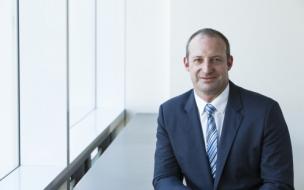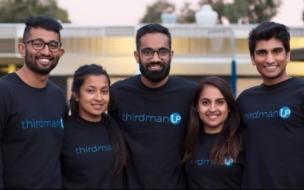Once upon a time we may have thought of Australia as the far away land of sun, surf and barbeques, but last month the Economist ranked it as the place with highest post-MBA salaries too!
MBAs from Curtin Business School in Western Australia earned on average US$155,000 after graduating this year. This is significantly higher than graduates from top schools such as Harvard (US$121,785), Tuck (US$115,143), Darden (US$104,478), Stanford (US$127,189) and IMD (USD$145,264).
Curtin was ranked 46th in the world by The Economist, and is well located for mining firms in the region looking for management talent, which probably explains the incredible salary premium!
MBA grads of the Australian Graduate School of Management (AGSM) in Sydney, Australia's top-ranked school according to the Financial Times, earned on average AU$123,073 (US$128,365) after graduating in 2011.
This amounted to a 63% hike on average pre-MBA pay. AGSM, which was ranked 41st in the world by the FT this year, has a particular strength in management consulting: 46% of grads entered the industry in 2011. A further 23% went into financial services.
Overall, these figures weren’t too surprising considering that the economies of Europe and the US are still struggling while Australia is doing very well. Mining and energy are enjoying an export-led boom, thanks to demand from Australia's Asia-Pacific neighbor China. So is the business of exporting its surplus food and livestock to the Middle East and Asia. It all has a knock-on effect on other industries such as finance and consulting.
If you are worried that Australia might run out of natural resources, fear not - there's a lot more mileage in them yet. The country has an abundance of coal, alumina, lead, nickel, copper, gold, silver, iron ore, and the list goes on. It also has a sophisticated financial services industry, with the largest stock exchange in the South Pacific, and a stable political system.
Furthermore, unlike the UK which has introduced immigration measures that make it more difficult for students to gain employment after studying, Australia has a more welcoming approach.
Under the proposed post-study work visa scheme to be introduced in 2013, graduates who have completed a Masters by research or a Doctoral degree will be eligible to apply for a post-study work visa for three or four years respectively, while graduates who have completed a Bachelors degree or Masters by coursework degree will be eligible for a two year post-study work visa.
Over at AGSM. the class of 2011's employment statistics showed that 64.5% of them got jobs in Australia while 13% of them headed to Asia. It also showed that 88% of the class were employed within three months of graduating. You can see AGSM's 2011 careers report here for more details.
The school's active career services also regularly organize events where students can meet with top executives. The Meet the CEO series has been running since 2003 and has featured the likes of Sir Richard Branson, Nicholas Moore of Macquarie Bank, Geoff Dixon of Qantas, Gail Kelly now with Westpac and many others.
If you still need more convincing, then check out the fabulous work-life balance down under. The Australian Bureau of Statistics shows that Australians typically work 35 hours a week over five days with four weeks annual leave plus 10 statutory holidays. There are vast amounts of space for leisurely activities with only 3.5% of the world’s population on a single continent.
And, if you feel like stretching your legs, you could easily hop to one of the neighboring vibrant Asian economies. AGSM has plenty of active alumni in Asia and they also have a campus in Hong Kong!
Read more stories about student, alumni and programs at the Australian Graduate School of Management
RECAPTHA :
30
52
db
cb







